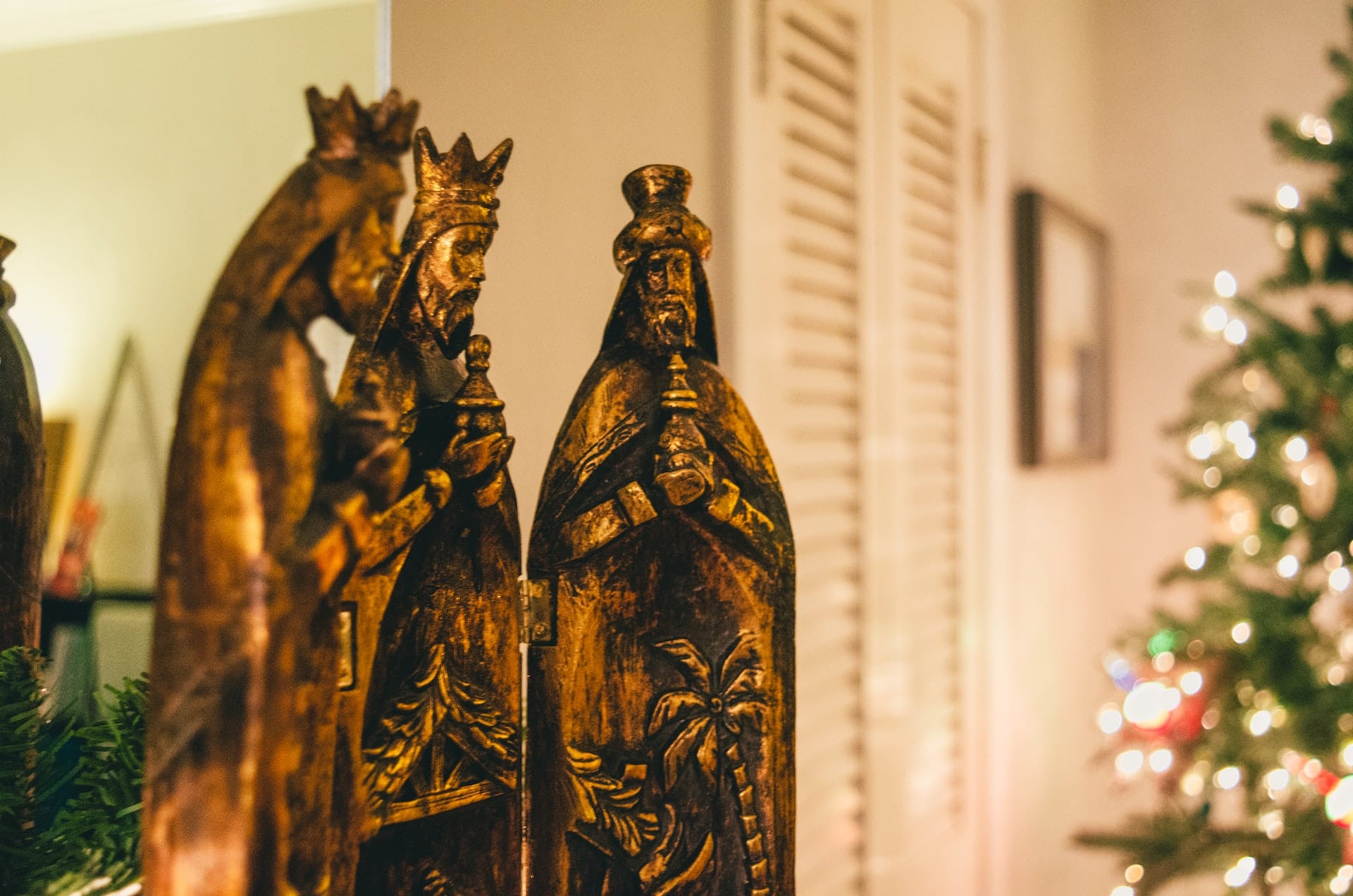
Table of Contents
Compared to the more popular Christmas celebrations, the Feast of the Epiphany is a lot more low-key and subdued. Many people outside the Christian community may not even be aware of this notable event or understand what it’s all about.
The Feast of the Epiphany is one of the oldest festivals celebrated by the Christian Church. It means “appearance” or “manifestation” and marks two different events in the history of Christianity.
For the Western Christian Church, this feast symbolizes the first appearance of Jesus Christ, their spiritual leader, to the Gentiles, who are represented by the three wise men or the Magis. Therefore, the holiday is also sometimes called the Feast of the Three Kings and is celebrated 12 days after Christmas, which is the time when the Magis first saw Jesus in Bethlehem and recognized him as the son of God.
On the other hand, the Eastern Orthodox Christian Church celebrates this holiday on the 19th of January because they celebrate Christmas on the 7th of the month following the Julian calendar. This day marks the baptism of Jesus Christ by John the Baptist in the Jordan River as well as his first miracle during the wedding at Cana, where he turned water into wine.
These two events are significant because, on both occasions, Jesus presented himself to the world as both human and divine. For this reason, the holiday is also sometimes called the Theophany.
The Origins of the Feast of Epiphany
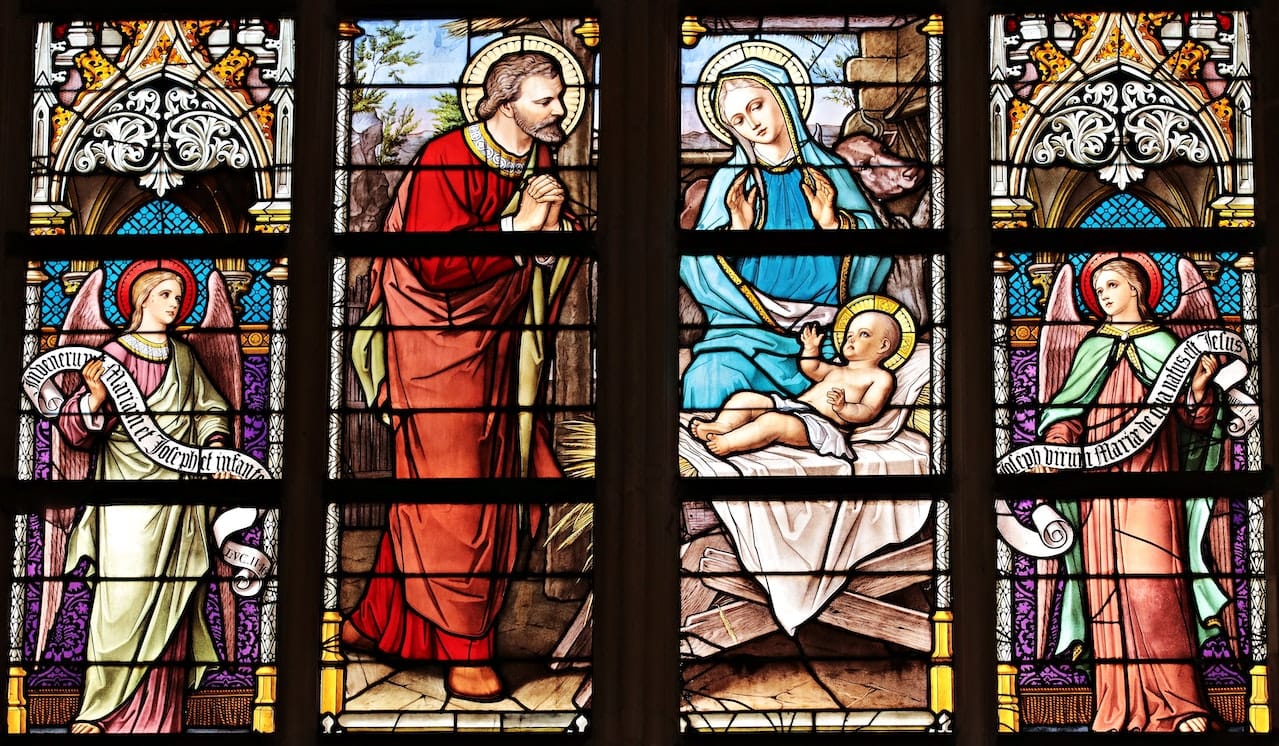
While there are variations to the way the Christian community recognizes this holiday, there is a common denominator: the manifestation of God as human through Jesus Christ as the son of God. The term comes from the Greek word “epiphaneia”, which means appearance or revelation, and is often used by the ancient Greeks to denote the visits of gods on earth in their human forms.
Epiphany was first celebrated around the end of the 2nd century, even before the Christmas holiday was established. The specific date, the 6th of January, was first mentioned by Clement of Alexandria around 215 AD in relation to the Basilidians, a gnostic Christian group, who memorialized the baptism of Jesus on that day.
Some believed it to be appropriated from an ancient Egyptian pagan festival celebrating the sun god and marking the winter solstice, which falls on the same day of January before the introduction of the Gregorian calendar. On the eve of this festival, the pagans of Alexandria commemorated the birth of their god Aeon who was born from a virgin, similar to the story of the birth of Jesus Christ.
During the 3rd century, the celebration of the Feast of the Epiphany evolved to include four separate events: the birth of Jesus, his baptism in the Jordan River, the visit of the Magi, and the miracle in Cana. Therefore, in the early days of Christianity before Christmas was observed, the Feast of the Epiphany celebrated both the birth of Jesus and his baptism. It was only at the end of the 4th century that Christmas was established as a separate occasion from the Feast of Epiphany.
Celebrations of the Feast of Epiphany Around the World
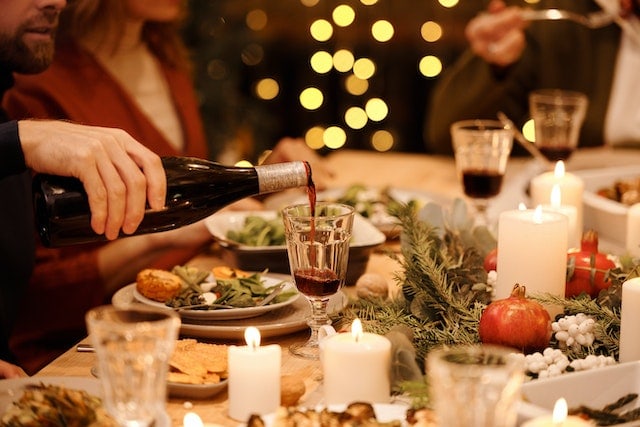
In many countries, the Epiphany is declared a public holiday. This includes Austria, Colombia, Croatia, Cyprus, Poland, Ethiopia, parts of Germany, Greece, Italy, Slovakia, Spain, and Uruguay.
At present, the Feast of the Epiphany serves as the last day of the Christmas celebration. It signifies a momentous occasion in the Christian faith, which is the revelation that Jesus is the son of God. As such, the central symbolism of this celebration is the divine manifestation of Christ as well as proof that he is the King of the whole world and not just of a chosen few.
Like its history, the celebration of the Epiphany has also evolved over the years. Here are some of the notable activities that have been done in different eras and cultures:
1. Twelfth Night
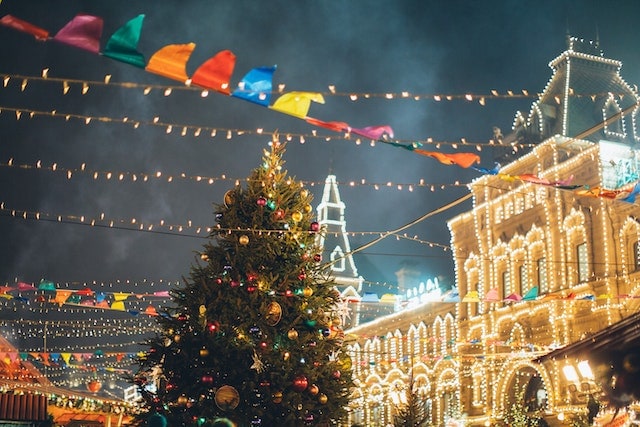
Many years ago, the eve of Epiphany was referred to as the Twelfth Night, or the last night of the Christmas season, because the days between the 25th of December and the 6th of January were considered the Twelve Days of Christmas. Eastern Orthodox Christians called it the “Feast of Lights” as an acknowledgment of the baptism of Jesus and to symbolize the enlightenment of the world through baptism or spiritual illumination.
2. The Journey of the Three Kings (Magi)
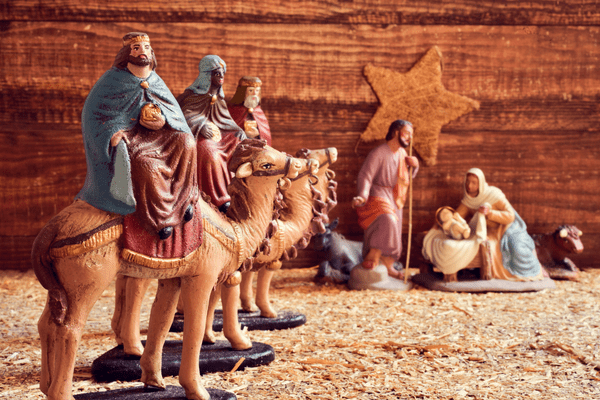
During the Middle Ages, particularly in the West, the celebrations would focus on the three kings’ journey. Around the 1300s in Italy, many Christian groups would organize processions, nativity plays, and carnivals to depict their story.
At present, some countries celebrate the Epiphany like a festival through activities like singing Epiphany carols called the Janeiras or January songs in Portugal or the ‘Cantar os Reis’ (singing the kings) on the island of Madeira. In Austria and some parts of Germany, people would mark their doors with the initials of the three wise men as a symbol of protection for the coming year. While in Belgium and Poland, kids would dress up as the three wise men and sing carols from door to door in exchange for candies.
3. Epiphany Cross Dive
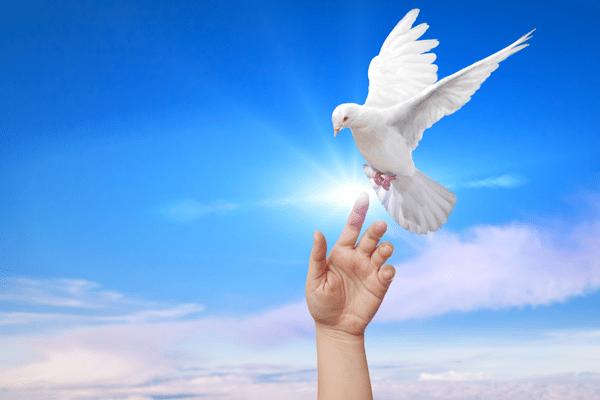
In countries like Russia, Bulgaria, Greece, and even some states in the US like Florida, the Eastern Orthodox Church would celebrate the Epiphany through an event called the cross dive. The archbishop would head to the banks of a body of water like a spring, river, or lake, then bless the boat and the water.
A white dove will be released to symbolize the presence of the Holy Spirit during the baptism of Jesus in the Jordan River. Following this, a wooden cross will be tossed into the water for the devotees to find while diving. Whoever gets the cross will receive a special blessing at the church altar and is believed to receive good luck for a year.
4. Gift-Giving

Early celebrations of the Epiphany in Eastern countries would involve the giving of gifts, especially to kids. In some countries, gifts would be distributed by the Three Kings to represent the original act of presenting gifts to baby Jesus upon their arrival in Bethlehem. On the eve of Epiphany, kids would leave a shoe with straws on their doorstep and will find it the next day filled with gifts while the straws are gone.
In Italy, they believe that the gifts are distributed by a witch known as “La Befana”, who allegedly refused the invitation of the shepherds and the three wise men on their way to visit Jesus. Since then, she has been flying every night on the eve of Epiphany in search of the manger and leaves gifts for children along the way.
5. King’s Cake
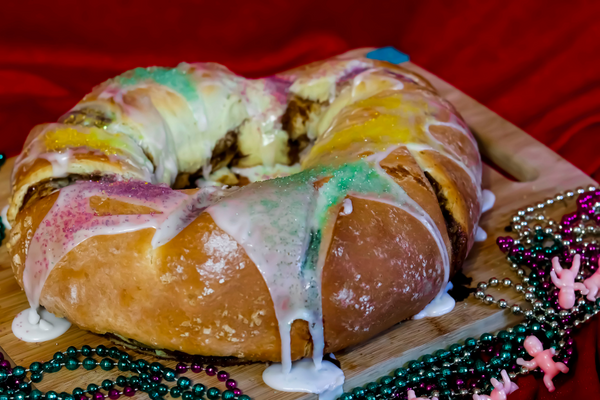
Christian families in Western countries like France and Spain and even in some US cities like New Orleans celebrate Epiphany with a special dessert called the King’s cake. The cake is usually shaped like a circle or an oval representing the three kings, then a fève or a broad bean representing the baby Jesus is inserted before baking. After the cake is cut, whoever gets the piece with the hidden fève becomes the “king” for the day and wins a prize.
6. Epiphany Bath
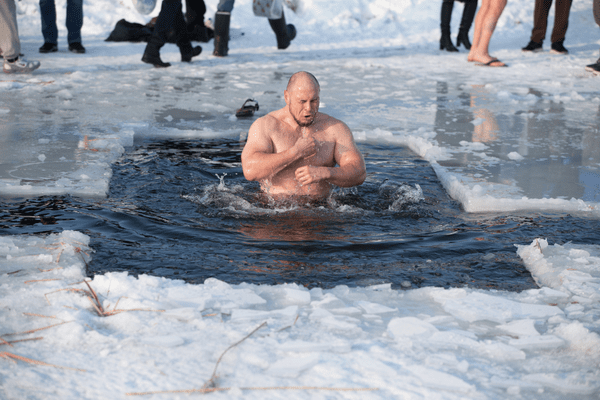
Another way that Orthodox Christians celebrate the Epiphany is through an ice bath in the river. This ritual has a few variations depending on the country. For example, Russians would first make cross-shaped holes on the frozen surface before dipping themselves in the icy water. Others would break the ice and dip or submerge their bodies in water three times to symbolize the Holy Trinity.
7. Women’s Christmas

One of the more unique celebrations of the Epiphany around the world can be found in Ireland, where the occasion marks a special holiday for women. On this date, Irish women get a day off from their usual routines, and the men will be tasked to take over the household chores. Therefore, the Feast of the Epiphany is also sometimes called the Nollaig na mBan or “Women’s Christmas” in the country.
Wrapping Up
Both Western and Eastern Churches celebrate the Feast of the Epiphany, but they have different takes on what event is being commemorated on this occasion. The Western Church places more emphasis on the Magi’s visit to Jesus’ birthplace in Bethlehem.
On the other hand, the Eastern Orthodox Church recognizes the baptism of Jesus by John the Baptist and the first miracle in Cana. Despite this, both churches believe in a common theme: that the Epiphany represents the manifestation of God to the world.








